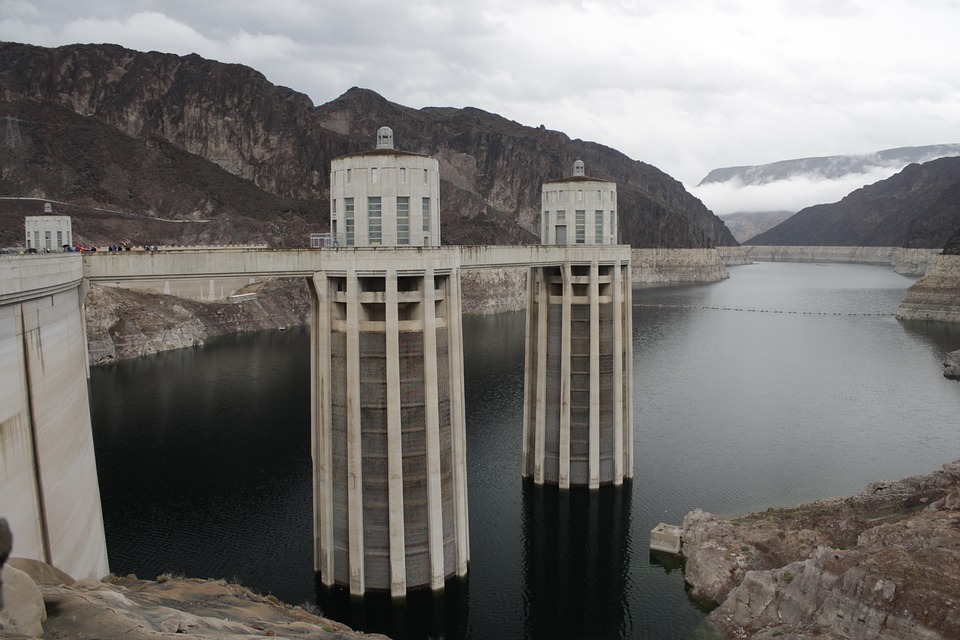Funding needs to flow to fix dam problems in the U.S.
There will be an abundance of contracting opportunities for companies that provide construction, engineering and environmental services related to dams over the next several years. That’s the good news. The bad news is that all of these opportunities are resulting from very poor conditions in the country’s dams.
The majority of dams in the United States are privately owned with the United States Army Corps of Engineers (USACE) owning and operating six of the ten largest U.S. reservoirs, six of the 10 largest U.S. embankment dams and 50 percent of all federally-owned dams. Approximately 95 percent of the dams managed by the USACE are more than 30 years old, and 52 percent have reached or exceeded the 50-year service life for which they were designed. According to the USACE, the cost to fix all dams that need repair would be at least $24 billion. At the rate of current budget funding, that would stretch the process out 50 more years.
According to the Federal Emergency Management Agency, a series of dam failures in the 1970s resulted in a national focus on inspecting and regulating dams. In 1972, a tailings dam in Buffalo Creek, W. Va., failed and within minutes, 125 people were killed and over 3,000 were left homeless. In 1977, the Kelly Barnes Dam in Georgia failed, killing 39 people, most of them college students. The benefits of having dams is to maintain flood control, water storage, irrigation, mine tailings, electrical generation, debris control and navigation. Dams were never intended to be deadly or the creators of destruction.
 In February, the Oroville Dam spillway in northern California was breached due to faulty design, construction and repair status. The spillway allowed water to seep under its floor and accumulate. Eventually, the pressure lifted a concrete slab into the water flowing down the chute and that initiated a chain of events that largely wrecked the structure. The most critical repairs on the dam are to be completed by Nov. 1. More repairs are planned for 2018.
In February, the Oroville Dam spillway in northern California was breached due to faulty design, construction and repair status. The spillway allowed water to seep under its floor and accumulate. Eventually, the pressure lifted a concrete slab into the water flowing down the chute and that initiated a chain of events that largely wrecked the structure. The most critical repairs on the dam are to be completed by Nov. 1. More repairs are planned for 2018.
In southern California, the USACE released a report that the 60-year-old Whittier Narrow Dam is structurally unsafe. One of the potential problems is that unusually heavy rains could trigger a premature opening of the dam’s massive spillway causing great risk for communities along the San Gabriel River floodplain. The river and its aquifers serve more than 3 million people in the San Gabriel Valley and southeast Los Angeles County. An estimated 1 million people live and work along the floodplain. Work is expected to begin in 2021 to replace the existing spillway with a system less likely to malfunction. It will also shore up the dam’s foundation to reduce erosion and prevent subsidence that could result in floodwaters spilling over the top.
In Rock Island County, Ill., the Lake George spillway needs structural repairs. The plan is to dewater the lake, rebuild a ledge and then reinstall the riprap wall- rock or other material used to armor shorelines against water erosion. The project also includes upgrades to the horse corral campsite and the construction of a new RV campsite. The plan calls for $4.5 million in improvements to entice more people to visit the Loud Thunder Forest Preserve.
Wright Reservoir on Hurricane Hill in Hartford was drained in 2015 to partially address safety concerns about a potentially catastrophic breach of the dam. The dam once held back 3 million gallons of water that drained from a series of small streams; but now the water has been directed to lower ground by means of a man-made channel. Vermont officials have warned the town must provide for a long-term solution, or lose its permit for the dam.
The Idaho Water Resource Board expects to make a decision in the next several months on whether to proceed with a proposed new Galloway dam and reservoir that would add 700,000 acre-feet of storage capacity on the Weiser River system. Officially called the Weiser-Galloway Project, the dam and reservoir would be built on the Weiser River near its confluence with the Snake River, about 13.5 miles from the city of Weiser. It would have the peak capacity to generate 40-60 megawatts of hydropower, which would help pay for the estimated $500 million cost of the project.
Contractors interested in working with public officials to do this type of work should carefully monitor these large projects over the next few months.
SPI’s e-newsletters are an excellent source of government contracting opportunities. Sign up today to ensure you never miss out!

 512-531-3900
512-531-3900 Request More Info
Request More Info